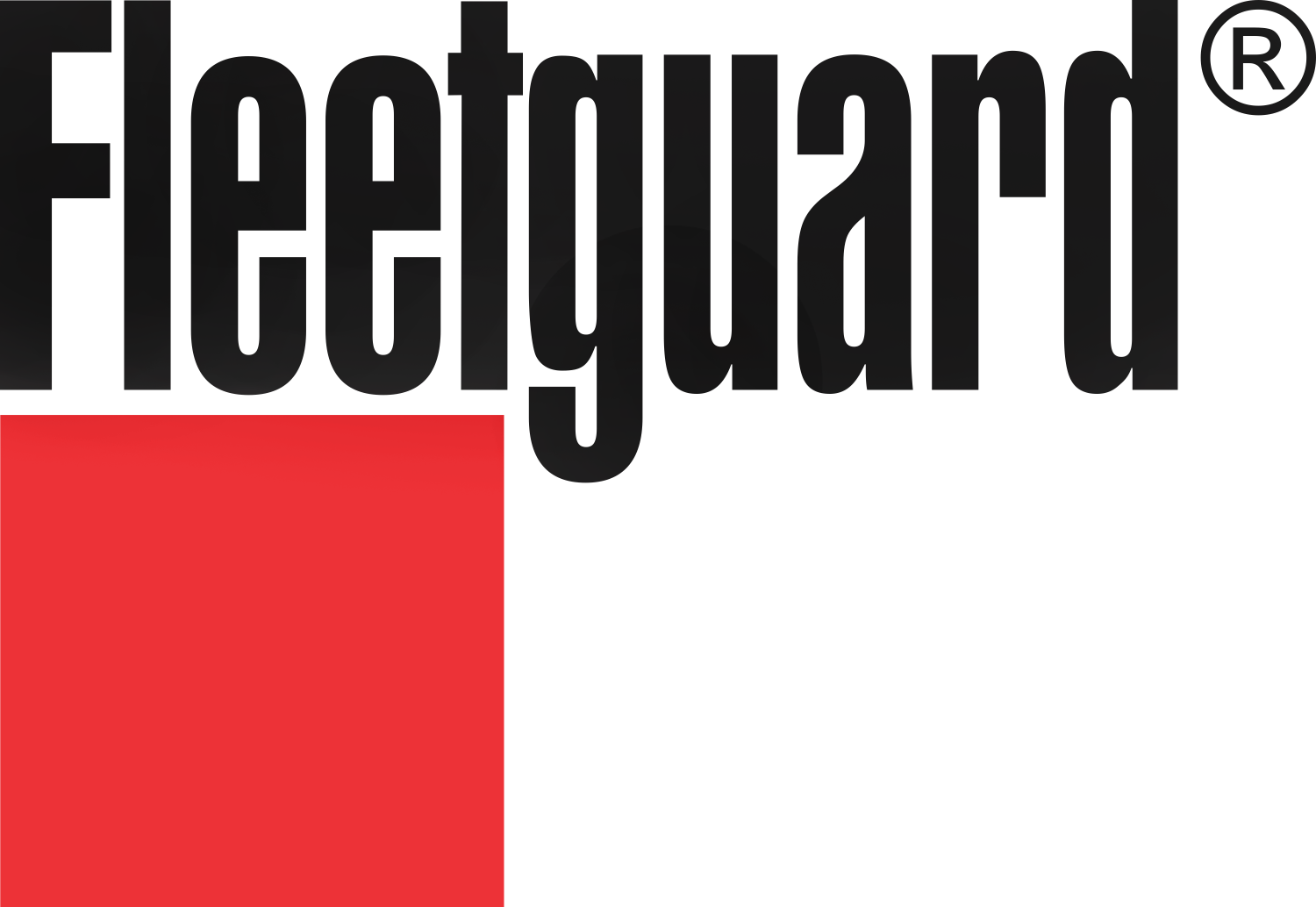Product | 28 Jul 2025
Air compressors work hard behind the scenes, powering tools, supporting manufacturing lines, and keeping entire operations moving. But over time, the atmospheric air they pull in brings dust, dirt, and other foreign particles too, eventually clogging the filter and affecting everything from pressure to performance.
That’s why replacing your air compressor air filter is more than just a maintenance checkbox. It’s a simple step that helps your equipment breathe better, last longer, and run more efficiently.
If it’s been a while since your last filter change, or you’re not sure where to begin, this guide walks through the process clearly and practically.
Step 1: Recognize the Signs
The first thing to know? Filters don’t last forever. When airflow seems weaker, pressure levels drop, or your compressor starts using more power to get the same job done, the culprit is often a clogged filter. If you’re working in a dusty environment or running the system frequently, these signs may show up sooner. Either way, regular checks are key to keeping your compressed air filtration system running smoothly.
Step 2: Power Down and Vent the System
Before doing anything else, shut off the compressor and make sure the system is depressurized. This step protects both you and the machine,never skip it.
Step 3: Open the Filter Housing
Find the air intake side of the compressor. That’s usually where the air compressor air filter sits. Some models have panels or covers, others may use clamps or bolts. Remove whatever’s in place to access the filter inside. Keep your tools close,you’ll probably need a screwdriver or a socket wrench.
Step 4: Remove the Old Filter
Slide or pull the used filter out gently. It’s usually covered in a layer of dust, so handle it carefully. Take a moment to look it over. A filter that’s dark, or misshapen tells you it was definitely due for replacement,and might even point to a deeper issue with the intake environment.
Step 5: Clean the Area
Before putting in a new filter, clean out any loose dust or grime from the housing. Use a dry cloth or soft brush. Avoid sprays or water,moisture doesn’t belong in the intake path. A clean filter works best when it’s installed in a clean space.
Step 6: Install the New Filter
Slide the new air compressor air filter into place, making sure it fits snugly and sits evenly. Don’t force it. A proper fit is important,not just to keep unfiltered air out, but to prevent the filter from moving around while the system’s running.
Step 7: Close It Up
Secure the housing again,reinstall the cover or tighten the clamps. Take your time here. A loose connection can let contaminants slip in and undo all your work. Everything should feel firm but not overtightened.
Step 8: Power On and Check
Turn the compressor back on and give it a moment. Listen for any strange noises. Feel for airflow. Watch the pressure build. If everything sounds and looks normal, the new filter is doing its job.
Why the Right Filter Makes a Difference
Changing the filter is important,but using the right one is just as critical. Low-quality filters might not trap fine dust, or worse, they may break down inside the system. That’s where Fleetguard’s air filtration products stand apart. Designed to meet the demands of real-world use, these filters are trusted across industries,from workshops using auto air filters to factories relying on industrial air filters for continuous operation.
Fleetguard’s complete air intake systems include not just the filter, but all the pieces that make a difference: pre-cleaners, clean-side piping, clamps, and more. The goal is simple,keep air clean, protect the engine or compressor, and cut down on unnecessary wear and repair costs.
Conclusion
Replacing your air compressor air filter doesn’t take much time, but it does make a noticeable difference. Clean air means better energy efficiency, fewer breakdowns, and smoother operation overall. It also protects your investment, because no matter how advanced your equipment is, it’s only as good as the air it runs on. For the best in class air filter solutions, contact us today. Your compressor will thank you for it.








